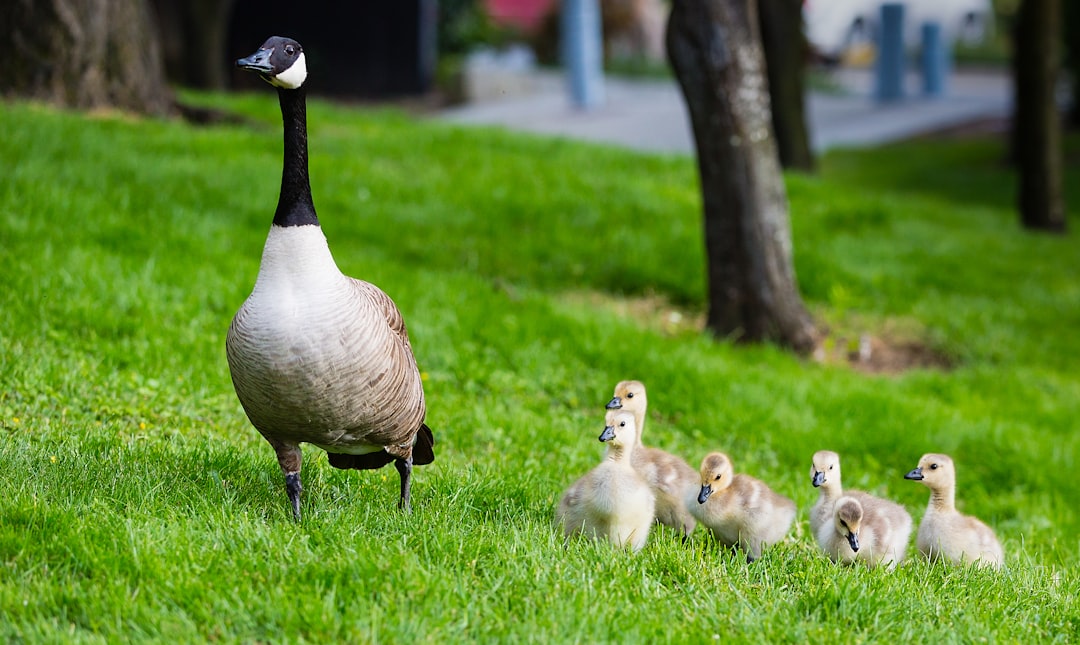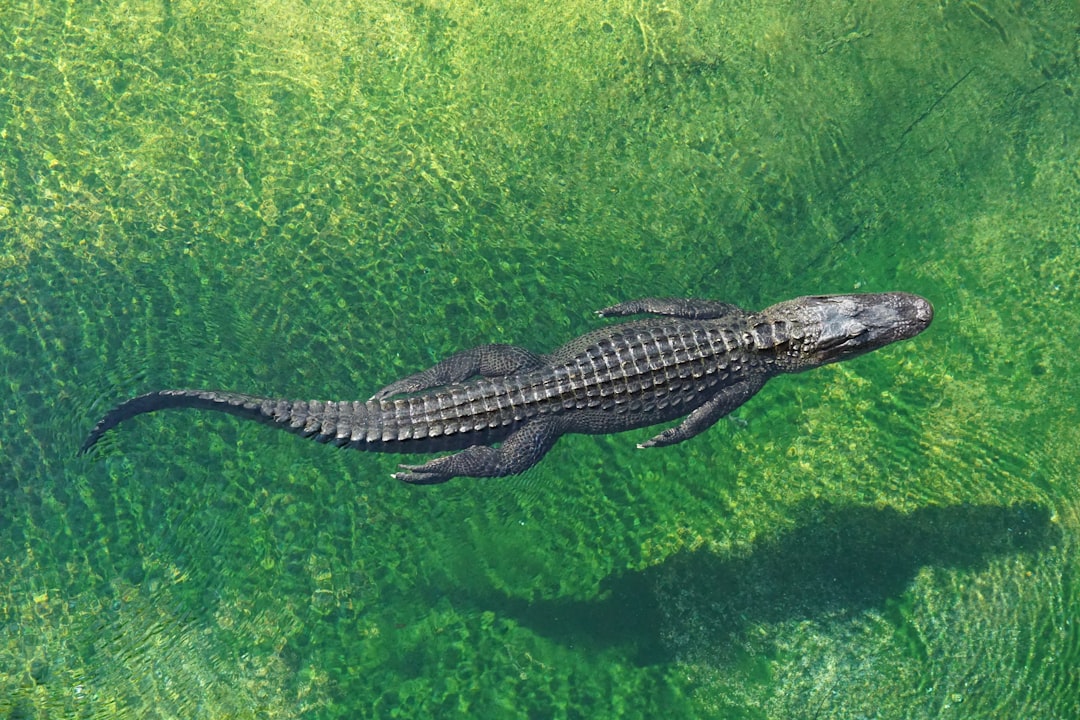Course Syllabus
Course Syllabus
2021-2022
 Course Name: Comprehensive Science - 7th Grade
Course Name: Comprehensive Science - 7th Grade
 Course Length: 37 weeks
Course Length: 37 weeks
 Prerequisites: You must be registered and have access to Canvas.
Prerequisites: You must be registered and have access to Canvas.
 Course Description:
Course Description:
Welcome to Comprehensive Science! You will be participating in many
hands-on investigations to become a seventh-grade scientist. You will be learning all about matter, energy, living cells,
force/motion, earth science, sound and light, as well as many other fascinating topics. The topics are divided into four separate units and each unit is comprised of 3-5 chapters. Each unit takes between 10-12 weeks to complete.
 Course Objectives:
Course Objectives:
By the end of the school year, learners will be able to:
-
describe science as it relates the study of the natural world
-
investigate and describe different tectonic processes
-
classify and explain different types of energy and how they can be transferred
-
differentiate between properties of sound and light waves
-
explain and investigate different traits and how they influence genetics
-
describe the theory of evolution and identify changes in species
-
identify changes that have occured in population and investigate the affects and factors involved
Contact and Communication
 Teacher: Mrs. Brillard
Teacher: Mrs. Brillard
 Email: brillts@bay.k12.fl.us
Email: brillts@bay.k12.fl.us
 Office Hours: Monday-Friday 8am-4pm
Office Hours: Monday-Friday 8am-4pm
If you can’t find the answer to your question after reviewing all the appropriate materials within canvas, please use the “Ask Your Instructor” forum in the Discussion Board. That
way all questions that arise can benefit all students in the course. There is a good chance someone else may be thinking the same question. You are also encouraged to answer questions other students have asked that you know the answer to.
If you have personal questions concerning emergencies, grades, assignment feedback, or any other issues that need to be dealt with privately, please contact me via course messages.
 Contact: I will login to the course at least once a day and will make every effort to respond to course messages that are sent on weekdays within 48 hours. Messages sent over the weekend may not be answered until the following school day (generally Monday).
Contact: I will login to the course at least once a day and will make every effort to respond to course messages that are sent on weekdays within 48 hours. Messages sent over the weekend may not be answered until the following school day (generally Monday).
When sending course messages, please be sure that your full name is included and be as specific as possible so that I can fully answer your question in a reasonable amount of time. In addition, please try your best your best to use proper “netiquette”.
Course Resources
 Textbook: McGraw Hill Florida Science Comprehensive
Textbook: McGraw Hill Florida Science Comprehensive
Course 2: Student Edition Interactive Worktext Grade 7 2019
Course Requirements
This course consists of a variety of activities and investigations to help you achieve the objectives of the course within the modules. Each week you will work on different combinations of readings, discussions, activities, investigations, and assessments. Each module will take two to three weeks to complete.
Grading and Grading Scale
 Besides engaging students in challenging curriculum, the course will guide you to reflect on your learning and evaluate your progress through a variety of assessments. Assessments can be in the form of practice quizzes, writing assignments, projects, research papers, and discussions.
Besides engaging students in challenging curriculum, the course will guide you to reflect on your learning and evaluate your progress through a variety of assessments. Assessments can be in the form of practice quizzes, writing assignments, projects, research papers, and discussions.
Your final term grade will consist of a weighted average of the following:
Assessment Type |
Percent of Grade |
Quizzes |
20% |
Tests/Assessments |
50% |
Projects/Writing/Discussions |
20% |
Classwork/Homework |
10% |

A: 90-100%
B: 80-89%
C: 70-79%
D: 60-69%
F: Below 60%
Extra Credit: There is no planned extra credit to be offered at this time.
Late Assignment Policy: Late assignments will be deducted 5 points each day after the assigned due date, no more than five days past the original due date.
Student Responsibilities
 Begin by reviewing the content provided within the Introductory module. Once you complete the Syllabus Quiz with at least an 80%, the course modules will be visible.
Begin by reviewing the content provided within the Introductory module. Once you complete the Syllabus Quiz with at least an 80%, the course modules will be visible.
 It is your responsibility to check Canvas on a regular basis (at least every 1-2 days) in order to keep up with course announcements, course readings, messages, and assignments.
It is your responsibility to check Canvas on a regular basis (at least every 1-2 days) in order to keep up with course announcements, course readings, messages, and assignments.
 Attendance/Participation: Participation in this course is mandatory and will be defined by completing all activities for each week.
Attendance/Participation: Participation in this course is mandatory and will be defined by completing all activities for each week.
 Assignment Submissions: Please follow the directions detailed in the Assignments tab for each individual assignment.
Assignment Submissions: Please follow the directions detailed in the Assignments tab for each individual assignment.
-
All assignments are to be submitted in formal English. Please be sure to proofread and spellcheck your work prior to submission.
-
Once the deadline has passed, assignments will be deducted 5 points each day after the assigned due date, no more than five days past the original due date.
-
Each assignment must be clearly marked with the student’s name and assignment name. Specific directions to naming documents are described in the assignment’s directions.
The Classroom
 Announcements: The announcements will be visible underneath the Home tab when you login to Canvas. Please be sure check this area each time that you login to check for any updates related to the course.
Announcements: The announcements will be visible underneath the Home tab when you login to Canvas. Please be sure check this area each time that you login to check for any updates related to the course.
Content: The Modules tab will contain all thirteen modules and their corresponding activities. The course will contain a variety of teaching formats such as role playing, simulations, gamification, video presentations, and PowerPoint presentations. Understanding of content will be assessed through discussions, quizzes, writing assignments, tests and projects.
Discussions: Throughout the course, various discussion topics will be assigned within the modules. The first discussion forum titled, Student Introduction is a mandatory attendance requirement where you will introduce yourself to the class. Detailed directions are explained within the forum. Also, be sure to locate the Ask Your Instructor forum. This is where you will ask and answer any general questions pertaining to the course. Private information and questions should be asked to your instructor though course messages.
Course Messages: This will be the primary means of communication within this course. I will make every effort to respond to course messages that are sent on weekdays within 48 hours.
Assignment Submission: Assignments are to be submitted under the Assignments tab in the associated area. Please follow all detailed directions prior to submission. Also pay attention on how to save your document. The file name should include your name followed by the assignment title. For example, SallySmithModule1OurPlanet.
 Module 1 Objectives – The Geosphere
Module 1 Objectives – The Geosphere
Learners will be able to:
-
differentiate and show interactions among the geosphere, hydrosphere,
cryosphere, atmosphere, and biosphere
-
describe how the composition and structure of the atmosphere protects life and insulates the planet
-
identify various Earth systems, such as the water cycle, the rock cycle, the carbon cycle and the phosphorus cycle
 Module 2 Objectives – The Theory of Plate Tectonics
Module 2 Objectives – The Theory of Plate Tectonics
Learners will be able to:
- understand the different types of air and ocean currents on Earth
-
describe energy transfer such as radiation, reflection, absorption, conduction and convection
-
plan and carry out an investigation on radiation, conduction, and convection in terms of their influence on Earth’s systems (geosphere, hydrosphere, and atmosphere)
-
explain how energy provided by the sun influences global patterns of atmospheric movement (wind) and the temperature differences between air (atmosphere), water (hydrosphere), and land (geosphere)
Module 3 Objectives – Clues to Earth's Past
Learners will be able to:
-
differentiate between weather and climate
-
investigate and apply how the cycling of water between the atmosphere and hydrosphere influences weather patterns and climate
-
describe how global patterns such as the jet stream and ocean currents influence local weather in measurable terms
-
plan and carry out an investigation on how natural disasters have affected human life in Florida
 Module 4 Objectives –Geologic Time
Module 4 Objectives –Geologic Time
Learners will be able to:
-
identify there are different types of landforms found on Earth’s surface
describe and give examples of ways in which Earth’s surface is built up and torn down by physical and chemical, weathering, erosion, and deposition
-
plan and carry out an investigation on the effects of physical and chemical, weathering, erosion, and deposition
 Module 5 Objectives – Environmental Impacts
Module 5 Objectives – Environmental Impacts
Learners will be able to:
-
identify different forms of energy and how they are transferred
-
explain how changes occur between forms of energy
-
understand the Law of Conservation of Energy
 Module 6 Objectives – Energy and Changes in Matter
Module 6 Objectives – Energy and Changes in Matter
Learners will be able to:
-
investigate and describe types of forces including contact forces acting as a distance, such as electrical, magnetic, and gravitational
-
investigate and explain how an unbalanced force acting on an object changes its speed, or direction of motion, or both
-
measure and graph distance versus time for an object moving at a constant speed; interpret the relationship explain why scientific investigations should be replicable
 Module 7 Objectives – Waves
Module 7 Objectives – Waves
Learners will be able to:
-
identify there are different types of landforms found on Earth's surface
-
describe and give examples of ways in which Earth’s surface is built up and torn down by physical and chemical, weathering, erosion, and deposition
-
plan and carry out an investigation on the effects of physical and chemical, weathering, erosion, and deposition
 Module 8 Objectives – Sound and Light
Module 8 Objectives – Sound and Light
Learners will be able to:
-
understand electric fields and electric
-
forces
-
describe and give examples of ways that electric currents and electric charges are related
-
compare and contrast different types of electrical circuits
Module 9 Objectives – Reproduction of Organisms
Learners will be able to:
-
investigate and explain the components of the scientific theory of cellsa
(cell theory): all organisms are composed of cells (single-celled or multi-cellular), all cells come from pre-existing cells, and cells are the basic unit of life
-
recognize and explore how cells of all organisms undergo similar processes to maintain homeostasis including extracting energy from food, getting rid of waste, and reproducing
-
describe and identify patterns in the hierarchical organization of organisms from atoms to molecules and cells to tissues to organs to organ systems to organisms
-
compare and contrast the structure and function of major organelles of plant and animal cells, including cell wall, cell membrane, nucleus, cytoplasm, chloroplasts, mitochondria, and vacuoles
-
create models of plant and animal cells
-
describe ways that the major systems of the body interact with homeostasis
Module 10 Objectives – Genetics
Learners will be able to:
-
investigate and explain the components of the scientific theory of cells (cell theory): all organisms are composed of cells (single-celled or multi-cellular), all cells come from pre-existing cells, and cells are the basic unit of life
 Module 11 Objectives – The Environment and Change Over Time
Module 11 Objectives – The Environment and Change Over Time
Learners will be able to:
-
understand the difference between human cells and bacterial cells.
-
explore the size difference between viruses and bacterial cells.
-
compare and contrast algae, diatom, flagella and protist.
-
compare and contrast types of infectious agents that may infect the body, including viruses, bacteria, fungi, and parasites
 Module 12 Objectives – Populations and Communities
Module 12 Objectives – Populations and Communities
Learners will be able to:
-
identify the major systems of the body (digestive, respiratory, circulatory, reproductive, excretory, immune, nervous, and musculoskeletal) and describe ways these systems interact with each other to maintain homeostasis
-
describe the general functions of the major systems of the body
-
describe ways that the major systems of the body interact with homeostasis






